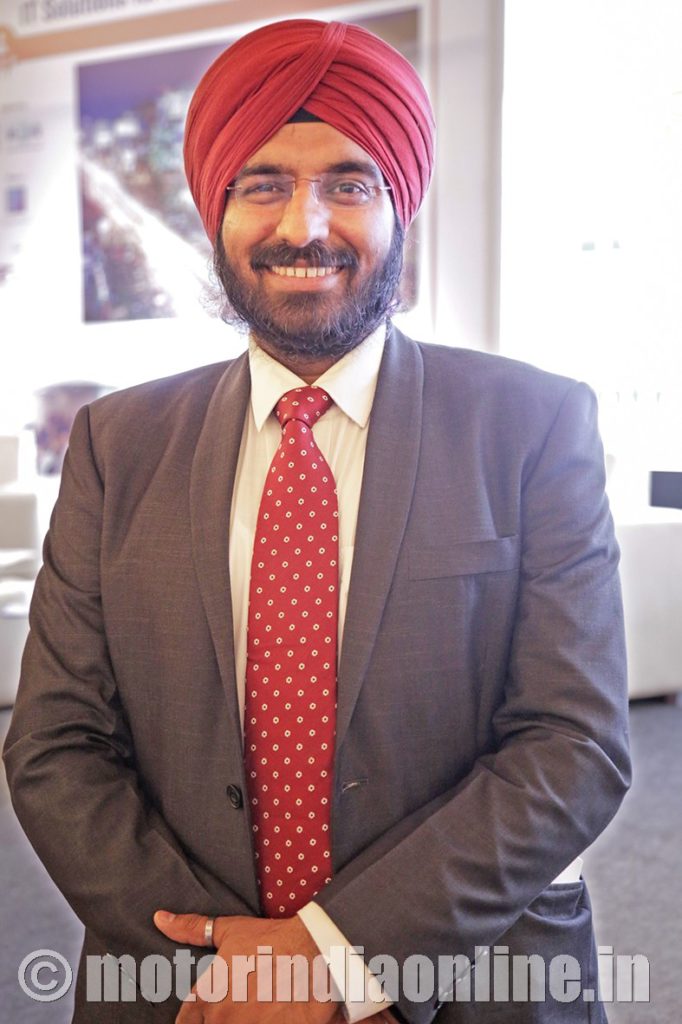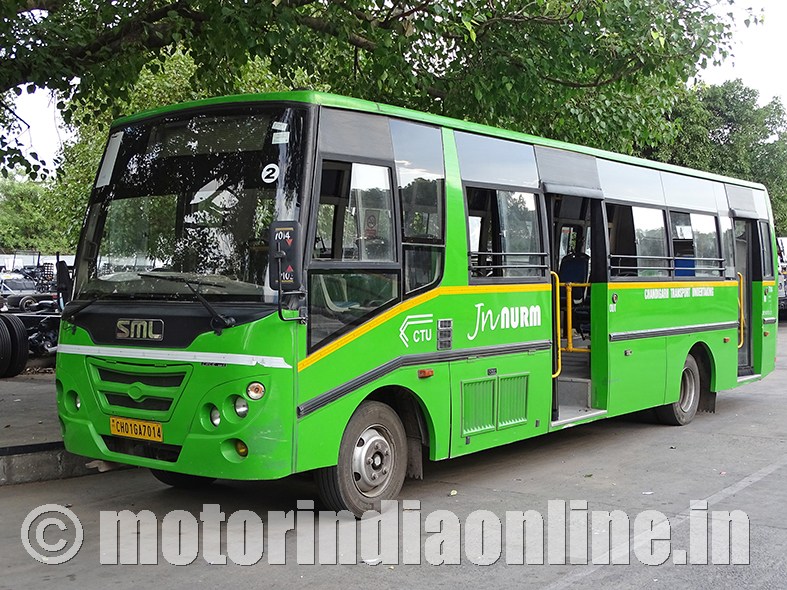We live in a world where our surrounding landscapes are rapidly changing. Cities are changing, new towns bubble up, and so are economic priorities and policies of the society. Mobility emerged as a critical priority in the last century, but now in our times, the need for transportation has reached a climacteric phase, where its ends and meets are put to question. Without reliable mobility, cities become fragmented, people get struck in their lives, and economies take a beating, while the existing mobility systems themselves bray without sustainability. Hence the call for sustainable mobility solutions, especially in urban context with huge influx of population, that are inclusive to masses, cleaner to environment, and can last long.

To catch up on emerging trends and developments in sustainable urban mobility and find out where the bus transportation position itself in that domain, MOTORINDIA sat down with UITP India Office’s head Mr. Jaspal Singh to get his perspectives on the same. UITP is internationally recognised for its work in advancing the sustainable urban mobility as a critical policy agenda. It is, perhaps, the only worldwide network to bring together all public transport stakeholders and sustainable transport modes, with an agenda of enhancing the quality of life and economic well-being of the masses by promoting sustainable public transport. Following are the excerpts from the interaction:
Briefly share your views on sustainable mobility in India.
Rapid urbanisation and economic growth are fueling the growth in Indian cities. The infrastructure is not sufficient to meet the rising demand, resulting in stress on the basic utilities like water, electricity, sewage, and transport. The increasing demand in the cities will lead to catastrophic outcome in next 5-10 years. It is estimated that 60 per cent of India will be living in urban areas by 2050. Our Urban transportation infrastructure needs significant investments and upgradation to meet the travel needs of the increasing urban population.
A report by Boston Consulting Group shows that traffic jams in four major Indian cities (New Delhi, Mumbai, Bangalore and Kolkata) cause annual economic losses of 1.47 trillion Indian rupees ($21.81 billion). Traffic congestion is also a huge obstacle to India’s industrial transformation and economic development. Government of India needs to rethink its strategy of blindly promoting automobile sector and should shift focus towards sustainable mobility in the country. The mobility of people and goods is very important for the economic growth of the country.
How far do you think bus transportation can help achieve the vision of sustainable mobility in the local context, especially with the surge in popularity of Metro rails?
Metro Rail is one of the most popular options for mass transport, it is important to highlight that the viability of metro projects depends on various parameters including correct strategic planning, i.e., its ridership estimation and corridor selection, technologies adopted, capacity utilization, operational planning and acceptance of the mode by the commuters. Most of our cities lack the ridership and funding capabilities for metro projects. Bus transport is the only viable solution in Tier-II and Tier-III cities. Even in the mega cities having extensive rail network, there is need to stronger bus transport system. The buses are flexible and cost effective solutions for the cities.
What according to you are the emerging trends in bus transportation in the country? Is there a change or evolution in the preferences of bus commuters?
Broadly, there are three emerging trends in the bus transport. First, increasing participation of the private sector under Gross Cost Contract. Second, the introduction of electric buses in select cities, and thirdly, on-demand bus transport.
The cities are looking to introduce bus services in partnership with private sector. Some of the cities are introducing bus transport for the first time like Gurgaon, Aurangabad, etc. However, there is long way to go as many cities still do not have good public transport system like Amritsar and others need to improve the existing system like Pune.
After the launch of FAME subsidy for public buses, 10 cities invited bids for electric uses. Government of India has sanctioned 440 buses to 8 cities (Bengaluru, Hyderabad, Mumbai, Kolkata, Indore, Lucknow, Guwahati and Jammu). This will help the cities to induct large fleet in future.
From commuter’s preference side, on-demand bus transport is emerging as the key trends. The industry is facing regulatory challenges, which has limited its growth in the past. Shuttl is the major player in this segment after the exit of Ola Shuttle. There is need for supportive policy framework to increase the penetration of on-demand buses in more cities.
How can information technology redefine bus mobility? Can it add value to the bus transportation and enhance its sustainability?
Adoption of information technology has the potential to deliver a revolutionary impact on the public transport sector, buses included. It can help public transport authorities and operators to improve operational efficiency, enhance relationship with customer, integrate with emerging mobility players and services, and manage cyber-security, governance and organisation issues, etc.
There is a lot of potential for technological developments in bus transportation, especially with connected buses and mobile technology. The operators should implement ITS (intelligent transport system) with planning and scheduling, depot management, vehicle tracking and big data tools. Further, personal mobile devices, such as the smart phone, are and will remain key in terms of ticketing, journey planning and inter-modality.
What are UITP India’s vision in promoting the public transportation, especially buses?
UITP supports the public transport sector by working to make sustainable mobility issues a political priority, encouraging innovation and by fostering excellence. UITP is currently working on the following key topics:
1) Introduction of electric buses in cities
2) Institutional and fiscal framework for bus transport in India
3) International best practices for urban rail network
4) Exploring alternative modal choices like LRT
5) Women in public transport
UITP is looking to push the agenda for public transport in all cities. India has more than 250 million registered vehicles, out of which 75 per cent are two-wheelers as on date. The situation is becoming alarming and there is need for urgent intervention both at political and citizen level. UITP is organizing training programs and conferences to address these challenges. Further, the organisation has undertaken many studies in last one years to support the growth of public transport, including the latest one on motor vehicle taxes in India.
“Bus transport is the only viable solution in Tier-II and Tier-III cities. Even in the mega cities having extensive rail network, there is need for a stronger bus transport system.
– Mr. Jaspal Singh
